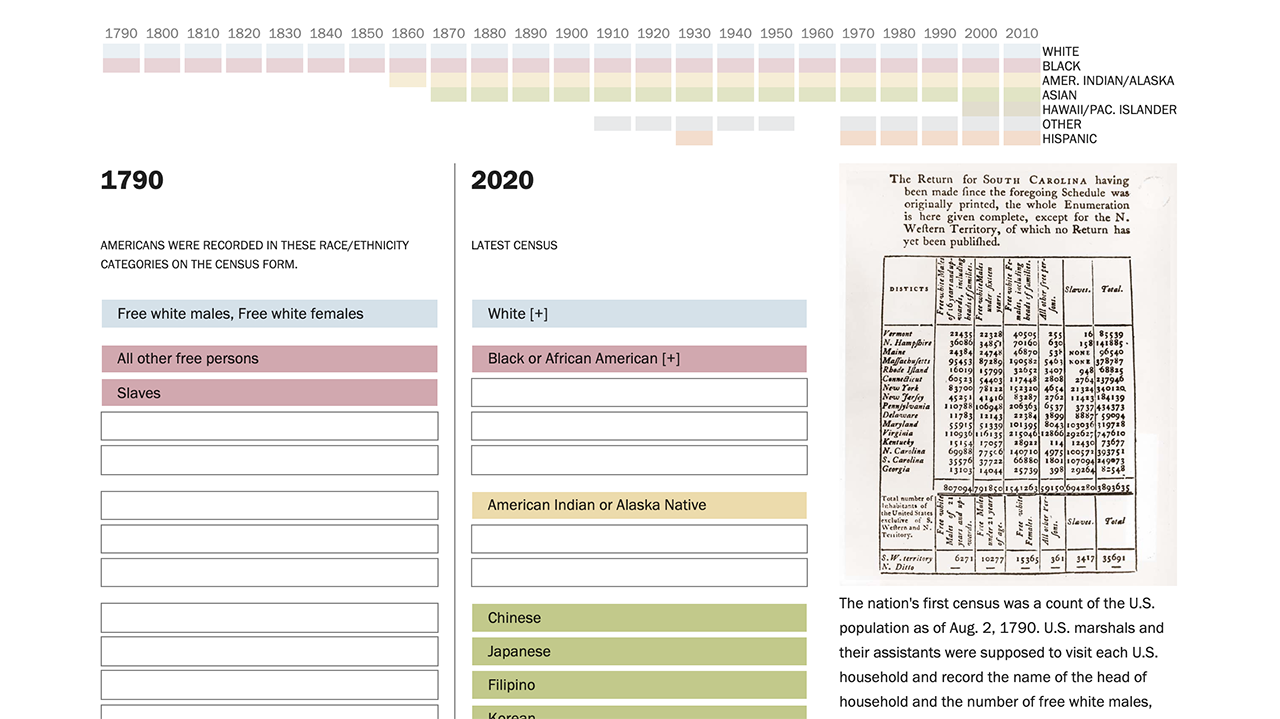Behind the Surprising Jump in Multiracial Americans, Several TheoriesPosted in Articles, Census/Demographics, Latino Studies, Media Archive, Social Science, United States on 2021-08-17 01:44Z by Steven |
Behind the Surprising Jump in Multiracial Americans, Several Theories
The New York Times
2021-08-13
Sabrina Tavernise, National Correspondent
Tariro Mzezewa, National Correspondent
Giulia Heyward, 2021-2022 reporting fellow for the National desk
 Kori Alexis Trataros, of White Plains, N.Y., sees generational differences in how Americans think about race. “Our generation is so great at having open conversation,” she said. Janick Gilpin for The New York Times |
Families across the country have grown more diverse. A design change in the census form also allowed the government to report people’s identity in greater detail.
WASHINGTON — The Census Bureau released a surprising finding this week: The number of non-Hispanic Americans who identify as multiracial had jumped by 127 percent over the decade. For people who identified as Hispanic, the increase was even higher.
The spike sent demographers scrambling. Was the reason simply that more multiracial babies were being born? Or that Americans were rethinking their identities? Or had a design change in this year’s census form caused the sudden, unexpected shift?
The answer, it seems, is all of the above.
Multiracial Americans are still a relatively small part of the population but the increase over the decade was substantial and, the data shows, often surprising in its geography. The number of Americans who identified as non-Hispanic and more than one race jumped to 13.5 million from 6 million. The number of Hispanic Americans who identify as multiracial grew to 20.3 million from 3 million. In all, the two groups now represent about 10 percent of the population.
The largest increase in non-Hispanic Americans of two or more races was in Oklahoma, followed by Alaska and Arkansas.
Americans who were mixed race recorded a wide range of identities. People who identified themselves as both white and Asian made up about 18 percent of the total number of non-Hispanic multiracial Americans in 2020. Those who reported their race as both white and Black accounted for 20.5 percent. Americans who were both white and Native American were 26 percent of the total, according to Andrew Beveridge, who founded Social Explorer, a data analytics company…
Read the entire article here.







